Finding planets that already have, or have the ingredients for intelligent life is a real challenge. It is exciting that new telescopes and spacecraft are in development that will start to identify candidate planets. Undertaking these observations will take significant amounts of telescope time so we need to find some way to prioritise which ones to look at first. A new paper has been published that suggests we can study the host stars first for the necessary raw elements giving a more efficient way to hunt for similar worlds to Earth.
Continue reading “Do Planets Have the Raw Ingredients for Life? The Answer is in their Stars”Exomoons Defy Discovery
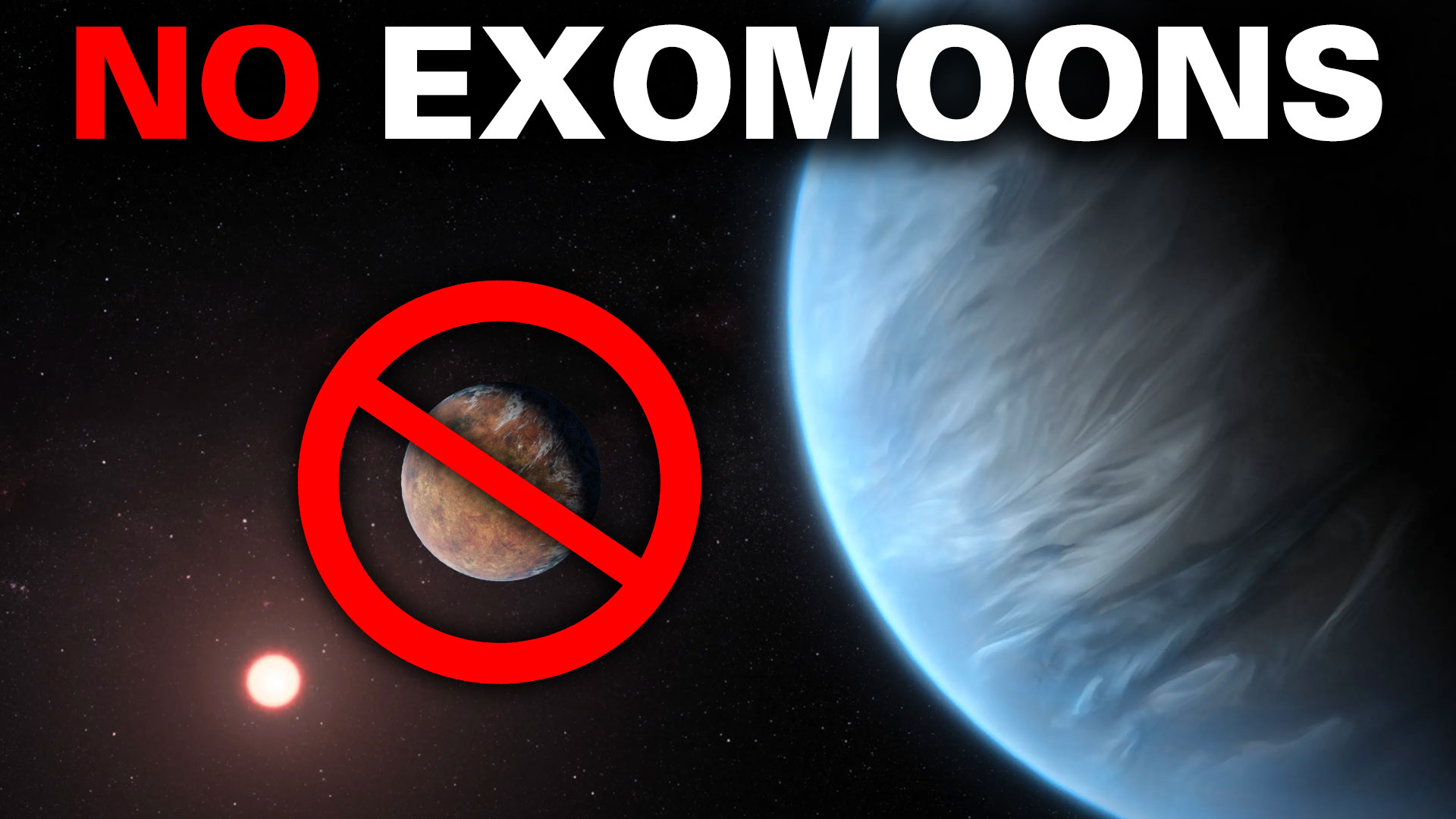
For a long time, we wondered if other stars hosted planets like the Sun does. Finally, in the 1990s, we got our answer. Now, another question lingers.
Most of the planets in our Solar System have moons. Do exoplanets have exomoons?
Continue reading “Exomoons Defy Discovery”Ariane 6 Fires its Engines, Simulating a Flight to Space

Since 2010, the European aerospace manufacturer ArianeGroup has been developing the Ariane 6 launch vehicle, a next-generation rocket for the European Space Agency (ESA). This vehicle will replace the older Ariane 5 model, offering reduced launch costs while increasing the number of launches per year. In recent years, the ArianeGrouip has been putting the rocket through its paces to prepare it for its first launch, which is currently scheduled for 2024. This past week, on Wednesday, November 23rd, the Ariane 6 underwent its biggest test to date as ground controllers conducted a full-scale dress rehearsal.
Continue reading “Ariane 6 Fires its Engines, Simulating a Flight to Space”The PLATO Mission Could be the Most Successful Planet Hunter Ever
In 2026, the European Space Agency (ESA) will launch its next-generation exoplanet-hunting mission, the PLAnetary Transits and Oscillations of stars (PLATO). This mission will scan over 245,000 main-sequence F, G, and K-type (yellow-white, yellow, and orange) stars using the Transit Method to look for possible Earth-like planets orbiting Solar analogs. In keeping with the “low-hanging fruit” approach (aka. follow the water), these planets are considered strong candidates for habitability since they are most likely to have all the conditions that gave rise to life here on Earth.
Knowing how many planets PLATO will likely detect and how many will conform to Earth-like characteristics is essential to determining how and where it should dedicate its observation time. According to a new study that will be published shortly in the journal Astronomy & Astrophysics, the PLATO mission is likely to find tens of thousands of planets. Depending on several parameters, they further indicate that it could detect a minimum of 500 Earth-sized planets, about a dozen of which will have favorable orbits around G-type (Sun-like) stars.
Continue reading “The PLATO Mission Could be the Most Successful Planet Hunter Ever”1 in 10 Red Giants are Covered in Spots, and They Rotate Surprisingly Quickly
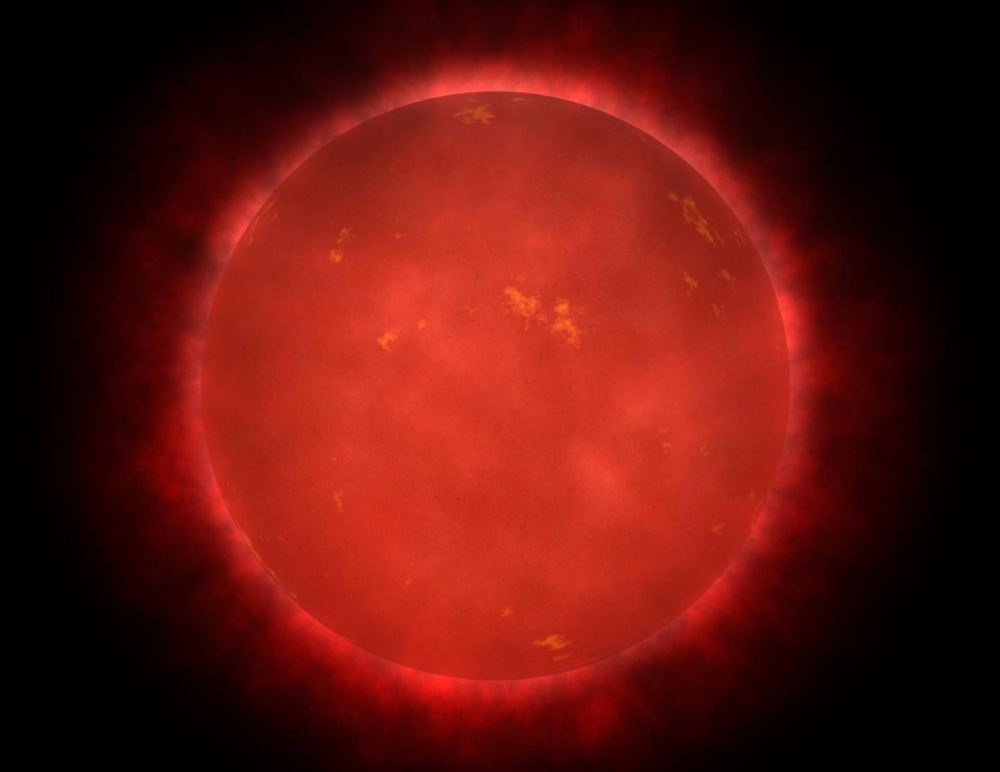
Sunspots are common on our Sun. These darker patches are cooler than their surroundings, and they’re caused by spikes in magnetic flux that inhibit convection. Without convection, those areas cool and darken.
Lots of other stars have sunspots, too. But Red Giants (RGs) don’t. Or so astronomers thought.
A new study shows that some RGs do have spots, and that they rotate faster than thought.
Continue reading “1 in 10 Red Giants are Covered in Spots, and They Rotate Surprisingly Quickly”Here’s How You Can Help With Searching Out Planet Nurseries Beyond The Solar System
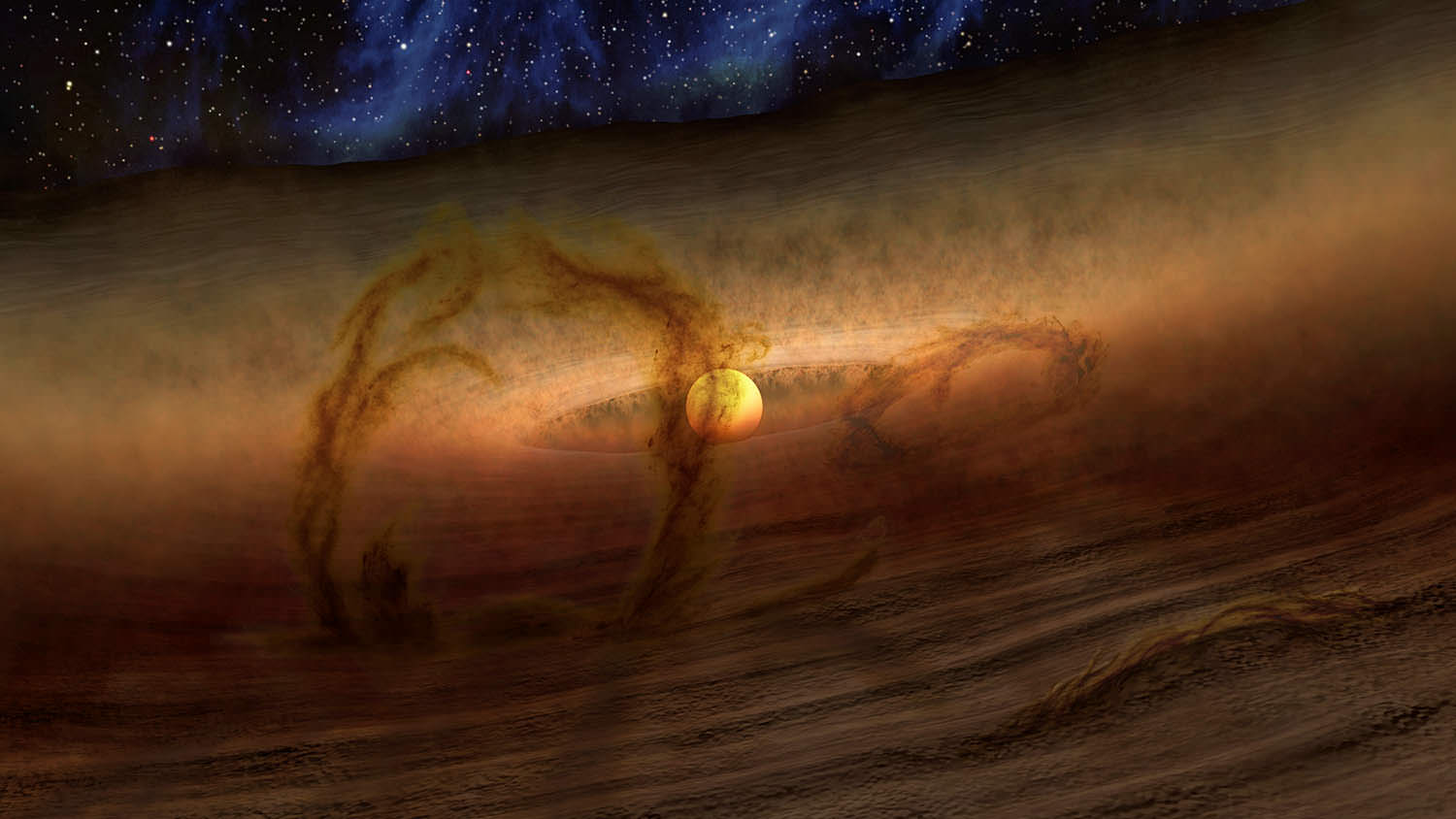
With a big universe around us, where the heck do you point your telescope when looking for planets? Bigger observatories are set to head to orbit in the next decade, including NASA’s James Webb Space Telescope and the European Space Agency’s PLATO (PLAnetary Transits and Oscillations of stars). Telling them where to look will be a challenge.
But it’s less of an issue thanks to the dedicated efforts of amateurs. Volunteers sifting through data from a NASA mission called WISE (Wide-field Infrared Survey Explorer) have now classified an astounding one million potential debris disks and disks surrounding young stars.
“Combing through objects identified by WISE during its infrared survey of the entire sky, Disk Detective aims to find two types of developing planetary environments,” NASA stated in a press release touting the achievement.
“The first, known as a YSO disk, typically is less than 5 million years old, contains large quantities of gas, and often is found in or near young star clusters. The second planetary habitat, known as a debris disk, tends to be older than 5 million years, holds little or no gas, and possesses belts of rocky or icy debris that resemble the asteroid and Kuiper belts found in our own solar system.”
What’s more astounding is how little time it took — the program Disk Detective was only launched in January 2014. These are ripe environments in which young planets can form, providing plenty of spots for telescopes to turn their eyes. The search is expected to go on through 2018.
Want to contribute? Check out the website and see if you can help with the search!
Source: NASA
Is Our Solar System Weird?
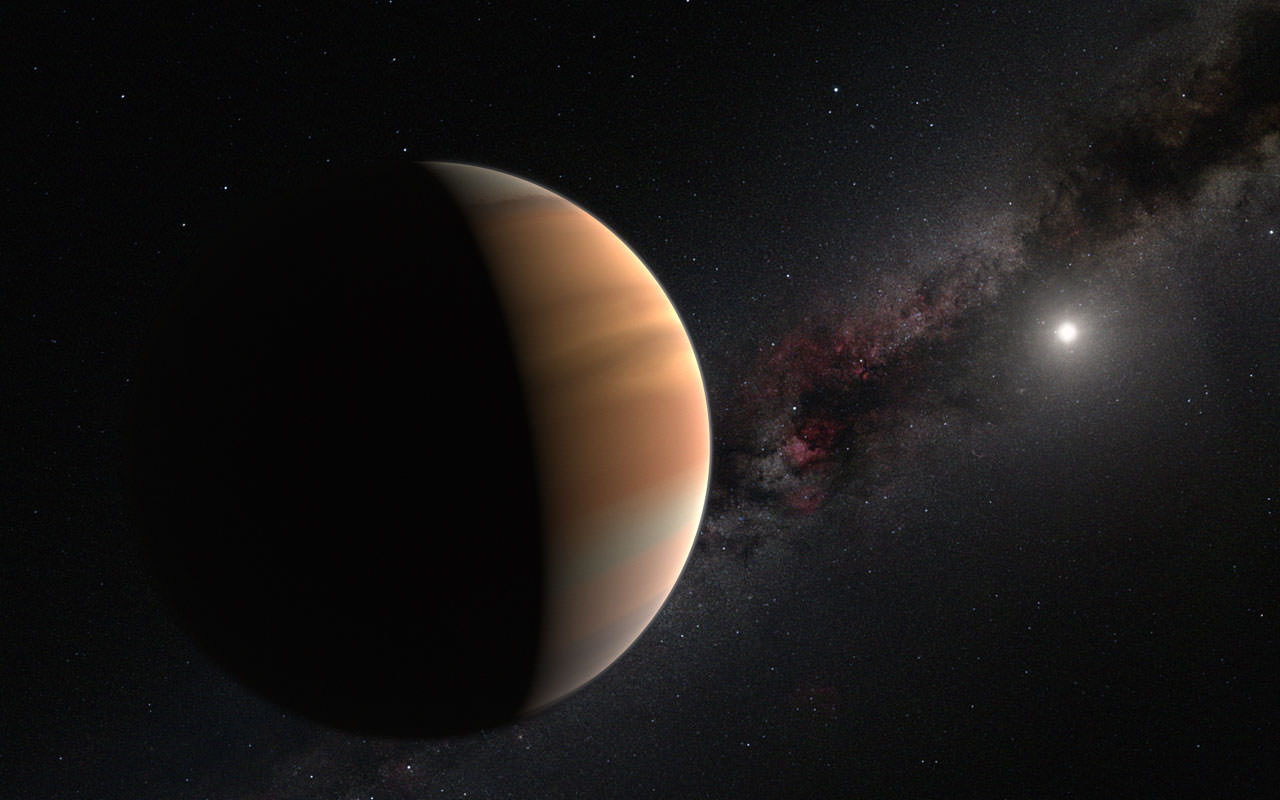
Is our Solar System normal? Or is it weird? How does the Solar System fit within the strange star systems we’ve discovered in the Milky Way so far?
With all the beautiful images that come down the pipe from Hubble, our Solar System has been left with celestial body image questions rivaling that of your average teenager. They’re questions we’re all familiar with. Is my posture crooked? Do I look pasty? Are my arms too long? Is it supposed to bulge out like this in the middle? Some of my larger asteroids are slightly asymmetrical. Can everyone tell? And of course the toughest question of all… Am I normal?
The idea that stars are suns with planets orbiting them dates back to early human history. This was generally accompanied by the idea that other planetary systems would be much like our own. It’s only in the last few decades that we’ve had real evidence of planets around other stars, known as exoplanets. The first extrasolar planet was discovered around a pulsar in 1992 and the first “hot jupiter” was discovered in 1995.
Most of the known exoplanets have been discovered by the amazing Kepler spacecraft. Kepler uses the transit method, observing stars over long periods of time to see if they dim as a planet passes in front of the star. Since then, astronomers have found more than 1700 exoplanets, and 460 stars are known to have multiple planets. Most of these stellar systems are around main sequence stars, just like the Sun. Leaving us with plenty of systems for comparison.
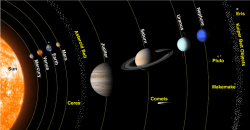
So, is our Solar System normal? Planets in a stellar system tend to have roughly circular orbits, just like our Solar system. They have a range of larger and smaller planets, just like ours. Most of the known systems are even around G-type stars. Just like ours.….and we are even starting to find Earth-size planets in the habitable zones of their stars. JUST LIKE OURS!
Not so fast…Other stellar systems don’t seem to have the division of small rocky planets closer to the star and larger gas planets farther away. In fact, large Jupiter-type planets are generally found close to the star. This makes our solar system rather unusual.
Computer simulations of early planetary formation shows that large planets tend to move inward toward their star as they form, due to its interaction with the material of the protoplanetary disk. This would imply that large planets are often close to the star, which is what we observe. Large planets in our own system are unusually distant from the Sun because of a gravitational dance between Jupiter and Saturn that happened when our Solar System was young.
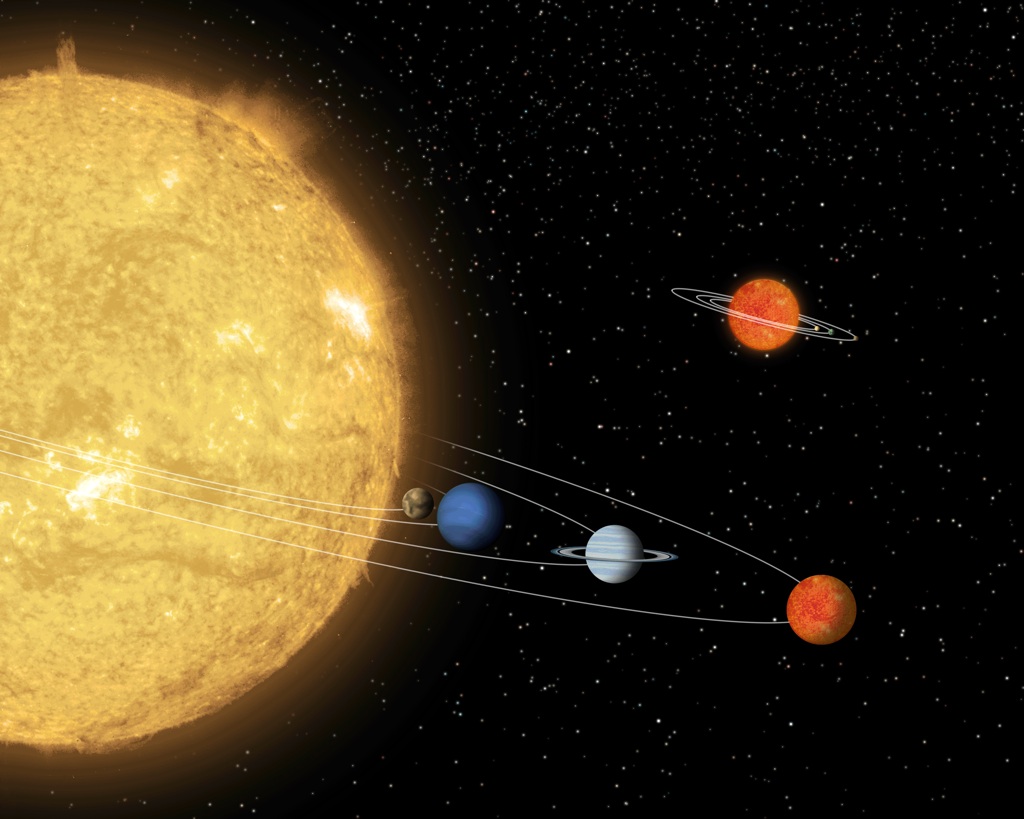
Although our Solar System is slightly unusual, there are some planetary systems that are downright quirky. There are planetary systems where the orbits are tilted at radically different angles, like Kepler 56, and a sci-fi favorite, the planets that orbit two stars like Kepler 16 and 34. There is even a planet so close to its star that its year lasts only 18 hours, known 55 Cancri e.
And so, the Kepler telescope has presented us with a wealth of exoplanets, that we can compare our beautiful Solar System to. Future telescopes such as Gaia, which was launched in 2013, TESS and PLATO slated for launch in 2017 and 2024 will likely discover even more. Perhaps even discovering the holy grail of exoplanets, a habitable planet with life…
And the who knows, maybe we’ll find another planet… just like ours.
What say you? Where should we go looking for habitable worlds in this big bad universe of ours? Tell us in the comments.
And if you like what you see, come check out our Patreon page and find out how you can get these videos early while helping us bring you more great content!
New Planet-Hunting Telescope To Join Search For Alien Earths In 2024
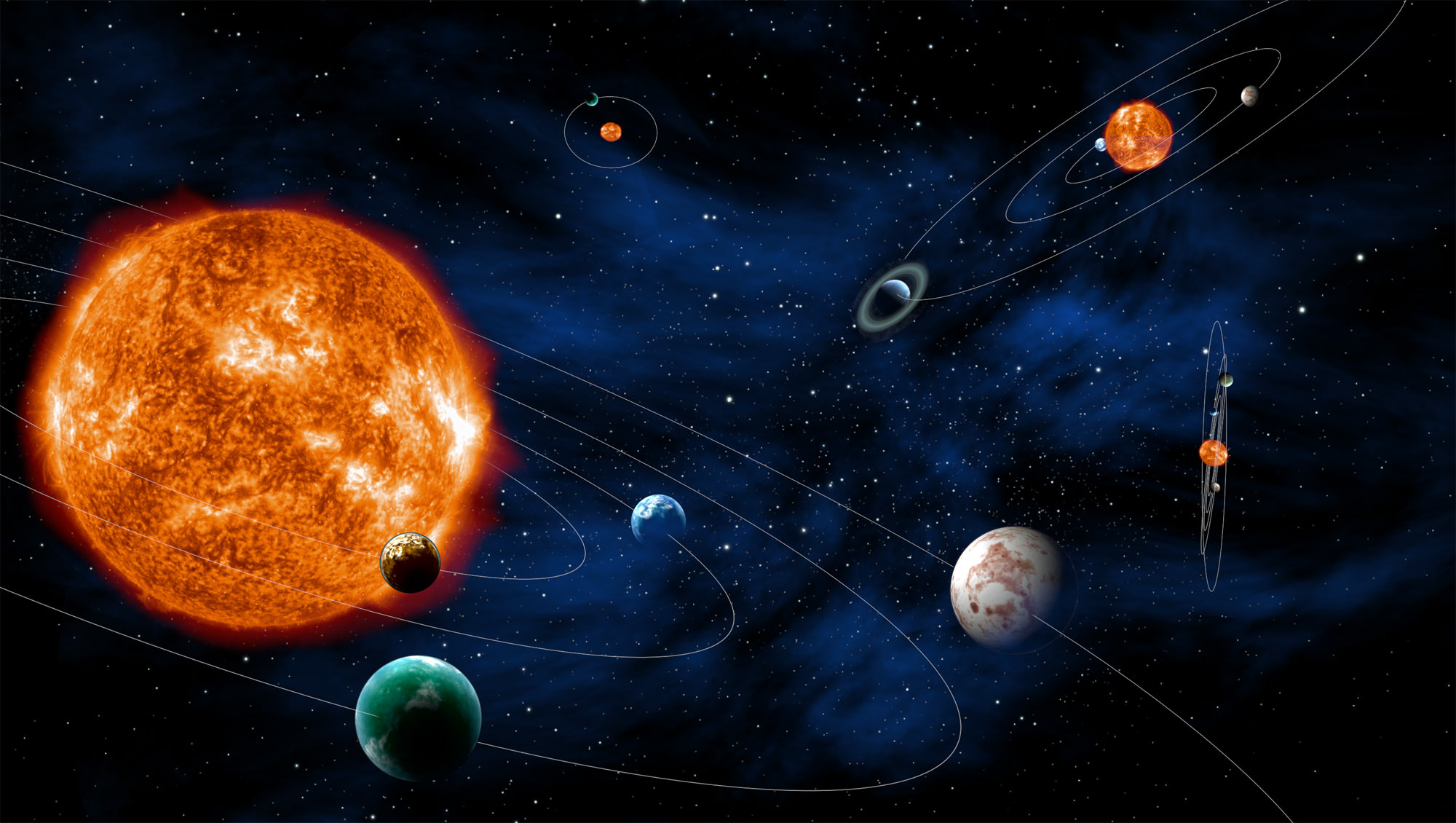
How could life arise in young solar systems? We’re still not sure of the answer on Earth, even for something as basic as if water arose natively on our planet or was carried in from other locations. Seeking answers to life’s beginnings will require eyes in the sky and on the ground looking for alien worlds like our own. And just yesterday, the European Space Agency announced it is going to add to that search.
The newly selected mission is called PLATO, for Planetary Transits and Oscillations. Like NASA’s Kepler space telescope, PLATO will scan the sky in search of stars that have small, periodic dips in their brightness that happen when planets go across their parent star’s face.
“The mission will address two key themes of Cosmic Vision: what are the conditions for planet formation and the emergence of life, and how does the solar system work,” stated ESA, referring to its plan for space science missions that extends from 2015 to 2025.
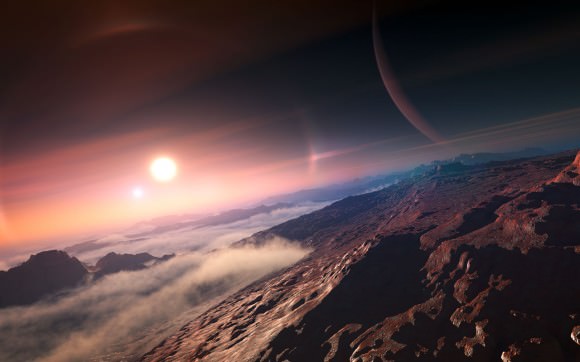
PLATO will operate far from Earth in a spot known as L2, a relatively stable Lagrange point about 1.5 million kilometers (930,000 miles) away from Earth in the opposite direction from the sun. Sitting there for at least six years, the observatory (which is actually made up of 34 small telescopes and cameras) will examine up to a million stars across half of the sky.
A 2010 science proposal of the mission suggests that the satellite gather enough planetary transits to achieve three things:
- Find “statistically significant” Earth-mass planets in the habitable regions of several kinds of main-sequence stars;
- Figure out the radius and mass of the star and any planets with 1% accuracy, and estimate the age of exoplanet systems with 10% accuracy;
- Better determine the parameters of different kinds of planets, ranging from brown dwarfs (failed stars) to gas giants to rocky planets, all the way down to those that are smaller than Earth.
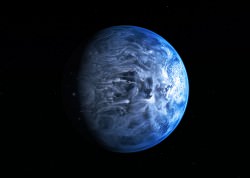
Adding PLATO’s observations to those telescopes on the ground that look at the radial velocity of planets, researchers will also be able to figure out each planet’s mass and radius (which then leads to density calculations, showing if it is made of rock, gas, or something else).
“The mission will identify and study thousands of exoplanetary systems, with an emphasis on discovering and characterising Earth-sized planets and super-Earths in the habitable zone of their parent star – the distance from the star where liquid surface water could exist,” ESA stated this week.
The telescope was selected from four competing proposals, which were EChO (the Exoplanet CHaracterisation Observatory), LOFT (the Large Observatory For x-ray Timing), MarcoPolo-R (to collect and return a sample from a near-Earth asteroid) and STE-Quest (Space-Time Explorer and QUantum Equivalence principle Space Test).
You can read more about PLATO at this website. It’s expected to launch from Kourou, French Guiana on a Soyuz rocket in 2024, with a budget of 600 million Euros ($822 million). And here’s more information on the Cosmic Vision and the two other M-class missions launching in future years, Euclid and Solar Orbiter.
Source: European Space Agency


